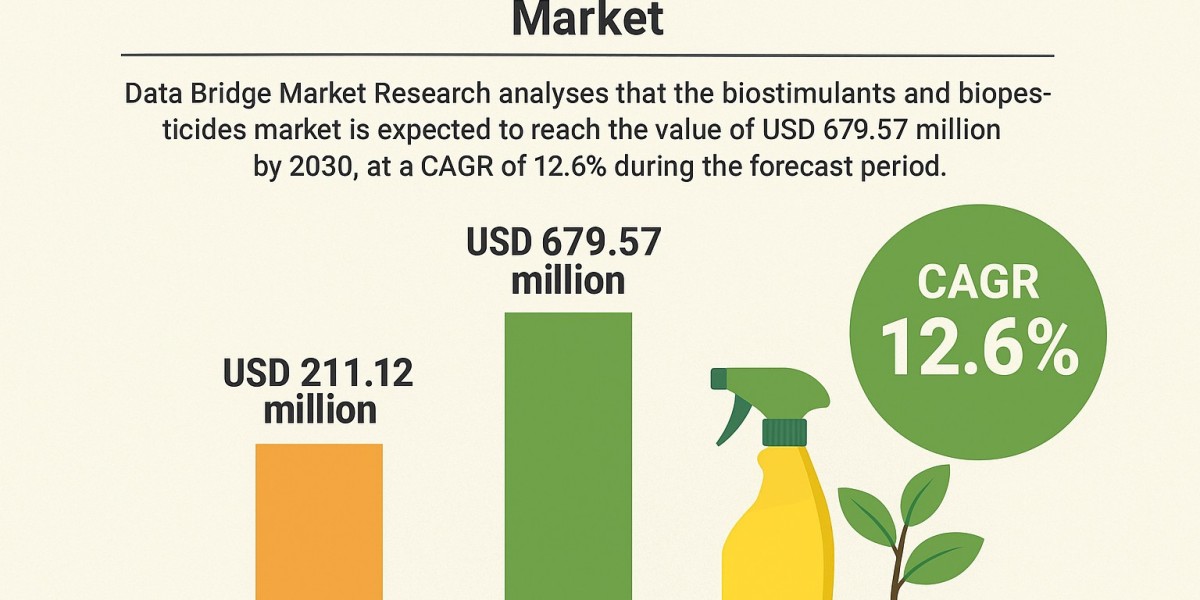Introduction
In today’s fast-moving digital landscape, organisations are under pressure to deliver faster, smarter, and more efficient services. That’s where ServiceNow workflow automation comes into play: it enables end-to-end automation, streamlines business processes and boosts operational efficiency.
What is a ServiceNow Workflow?
A workflow in ServiceNow is a defined sequence of automated tasks that follow business rules to process data and move work across people, systems, and teams. According to ServiceNow:
“Workflow automation is the use of software to autonomously manage the flow of tasks and data in line with business rules, making it possible to streamline processes, reduce manual work, and enhance operational efficiency.”
In practical terms, a workflow may include steps like record creation, approvals, notifications, script execution, decision points, timers, and routing.
When built properly, ServiceNow workflow automation enables business process automation (BPA), associated with ITSM, HR service delivery, customer service management, and supports enterprise-wide digital transformation.
Why Organisations Need Workflow Automation
Here are some of the major challenges that workflow automation addresses:
Poor user experience due to slow, manual, fragmented service delivery.
High project or operational cost because systems and teams are siloed, disconnected, and need manual hand-offs.
Scaling IT operations without the right automation leads to bottlenecks, visibility gaps, and increased risk.
By adopting ServiceNow workflow automation, organisations can:
Increase productivity and efficiency: automation of repetitive tasks frees up teams for strategic work.
Reduce operational cost and risk: fewer manual errors, better tracking, stronger governance.
Improve user and customer experience: faster resolution times, consistent processes, and better transparency.
Achieve digital transformation: connect across silos, integrate systems, and deliver end-to-end workflows.
Key Features & Capabilities of ServiceNow Workflow Automation
Here are some standout features of ServiceNow workflow automation (on the Now Platform) that empower businesses:
1. Intelligent workflow routing
ServiceNow uses data, historical patterns, and AI-based classification to automatically route requests to the right team, reducing manual sorting and speeding response times.
2. Incident identification & prevention
By leveraging pattern recognition and AI, ServiceNow can proactively detect potential incidents and trigger workflows for early intervention — enhancing IT resilience.
3. Real-time workload balancing
The platform monitors team workload in real time and dynamically balances tasks to avoid bottlenecks and improve resource utilisation.
4. No-code / Low-code automation (Flow Designer)
With Flow Designer, business users and IT can build multi-step workflows visually using drag-and-drop, pre-built actions, connectors, triggers, and conditions — all without deep scripting.
5. Robotic Process Automation (RPA) & integration hub
ServiceNow supports automation of repetitive legacy tasks (via RPA) and integrates with external systems via APIs, connectors, and integration hubs.
6. End-to-end visibility & analytics
You get dashboards, audit trails, performance metrics, and analytics so you can monitor workflow KPIs, bottlenecks, cycle times, and continually improve.
7. Scalability & cross-enterprise workflows
Workflows can span across departments (IT, HR, Customer Service, Finance, etc.), supporting digital transformation and enterprise scale.
How ServiceNow Workflow Ensures End-to-End Automation
When implemented well, ServiceNow workflow automation provides end-to-end automation by:
Connecting disparate systems and process steps so that work flows seamlessly from initiation to completion.
Automating every step from trigger (ticket creation, user request, record update) through routing, approvals, downstream tasks, and closure.
Providing full accountability and transparency: you can track which task is assigned, who approved what, what stage the workflow is in, and where delays occur.
Reducing or eliminating manual interventions, error-prone hand-offs, re-entry of data, copy-paste tasks, and ad-hoc manual processes.
Empowering business users via no-code/low-code tools so automation is agile and adaptable, reducing dependency on heavy development.
Integrating monitoring, analytics, AI, and optimisation to ensure continuous improvement and alignment with business outcomes.
Best Practices for Implementing Workflow Automation in ServiceNow
To maximise the value of ServiceNow workflow automation, organisations should adhere to these best practices:
Start with clear process identification: Select a process that is well-defined, repetitive, error-prone, or costly, and map out the tasks, roles, and steps.
Define goals and KPIs: What do you want to achieve? Faster resolution, fewer errors, cost reduction, improved customer satisfaction? Set measurable metrics.
Choose the right tool/architecture: Use Flow Designer for no-code workflows, RPA for repetitive tasks, Integration Hub for system connections; ensure the solution supports low-code and is scalable.
Governance & change management: Include business stakeholders, get executive buy-in, train users, and ensure processes are documented and managed.
Design for visibility & flexibility: Build workflows with audit trails, dashboards, alerts, and the ability to modify as business needs change.
Iterate and optimise: Workflow automation is not “set and forget”. Monitor performance, gather feedback, refine processes, and expand across the organisation.
Focus on user experience: The end users (customers, employees) must get simpler, faster, and smoother experiences. Automate around their needs.
Ensure integration: Legacy systems, external applications, and cloud tools need to be connected so automation can truly be end-to-end rather than isolated.
Use Cases & Business Benefits
Some of the common use cases where ServiceNow workflow automation shines:
IT Service Management (ITSM): Incident, problem, and change management workflows where tickets are auto-assigned, approvals are auto-triggered, and escalations are handled.
HR Service Delivery: New hire onboarding, offboarding, role changes, and equipment provisioning are automated.
Customer Service: Support ticket triage, routing, escalation, and self-service workflows.
Finance & Procurement: Purchase requisition approvals, invoice processing, vendor onboarding.
Field Service & Facilities: Work order creation, dispatch, technician assignments, completion workflows.
Governance, Risk & Compliance (GRC): Automated risk assessments, audit workflows, policy compliance tracking.
Benefits of implementing automation include: lower operational cost, higher productivity, fewer errors, faster turnaround times, better compliance, improved customer & employee satisfaction, and scalability.
Challenges & How to Overcome Them
While the advantages are clear, some common challenges include:
Legacy system complexity: Integrating old systems may require additional work or RPA.
Change resistance: Users may resist automation. Training and change management are vital.
Poor process definition: If the underlying process is inefficient, automating it only speeds a bad process.
Maintenance & governance: Workflows must be governed, monitored, and adapted.
Scope creep: Automating too many processes too fast can become unmanageable. Start small and grow.
The way to overcome these is to adopt best practices (as above), prioritise processes, invest in training, monitor performance, and iterate.
Conclusion
In summary, ServiceNow workflow automation empowers organisations to move from manual, fragmented, costly operations to seamless, efficient, and end-to-end automated workflows. By leveraging capabilities like Flow Designer, intelligent routing, RPA, integration hubs, and real-time analytics, businesses can realise true digital transformation, improve user experiences, and scale with agility.
Adopting workflow automation with ServiceNow isn’t just a technology upgrade—it’s a strategic enabler for business change. When done right, it delivers significant return on investment through reduced cost, higher productivity, better quality, and enhanced customer satisfaction.
Visit for more info: https://www.virtuxient.com/how-servicenow-workflow-ensures-end-to-end-automation






